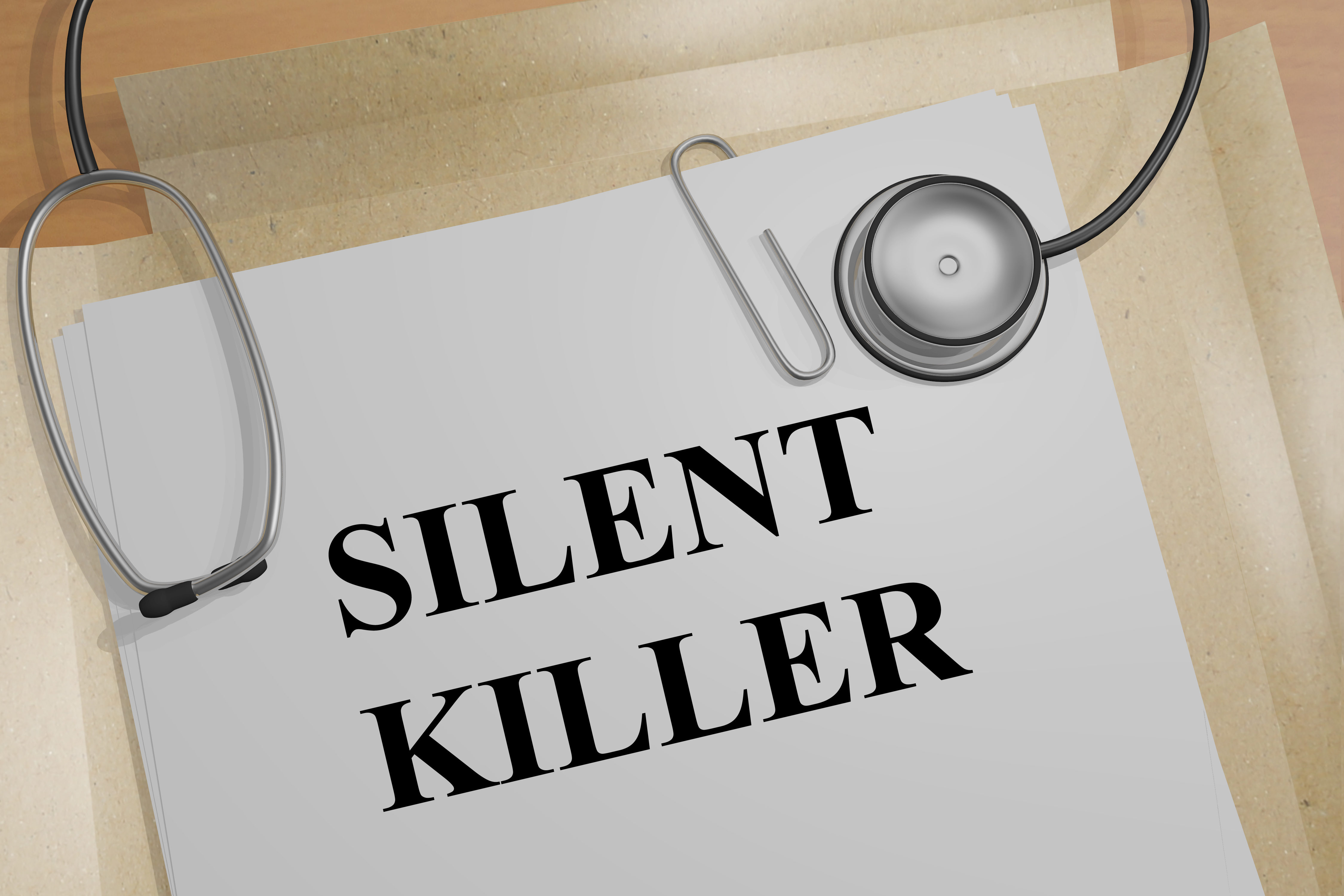Carbon monoxide is another area of risk management that has been creating new laws in many states. Currently, at least twenty-five (25) states have legislation on carbon monoxide detectors requirements. Please note that various states have different requirement in their laws. Federal agencies are working on legislation to encourage all states to require carbon dioxide detectors in homes.
Why is this happening? It is simple – there are over 500 reported and more than 10,000 people fall ill from the effects of the odorless, colorless toxic gas deaths per year in the U.S. Therefore, it is important that states are taking action. Carbon monoxide legislation will protect owners from more liability.
What is it? Carbon monoxide (CO) is often called the "the silent killer” because it is a colorless and odorless gas. Carbon monoxide gas forms when carbon-based fuels, such as propane, charcoal or wood burn with inadequate amounts of oxygen, creating a condition known as incomplete combustion. The problem with CO it that is often too late when detected.
Early symptoms can be nausea, headache, dizziness, and flu-like symptoms. As we breathe, oxygen carries through the body by a protein called hemoglobin, which binds oxygen in the lungs and carries it to the tissues. However, most of the time, it is not detected at all and death can occur without any noticeable warning. It is one of the leading causes of accidental death in the United States and one that is preventable.
Where does it come from? Carbon monoxide can stem from faulty fireplaces, water heaters, gas appliances, space heaters, charcoal burning devices inside buildings, running car engines enclosed in a garage, and more.
How can you prevent it? Installing a battery operated carbon monoxide detector that meets the requirements of the current UL standard 2034 or the requirements of the IAS 6-96 standard can detect the gas and emit an alarm is one way of exposing this deadly gas. They plug into an outlet and are relatively inexpensive. When the battery beeps, the occupant should NOT ignore it. Certain states are now requiring hard-wired detectors. There are also combination detectors for both smoke and carbon monoxide available.
However, relying on a CO detector is not the only solution. Owners can take preventative measures such as making sure gas dryers and other gas appliances are well ventilated to the outside, checking fireplaces for proper operation. It is important for residents to avoid using charcoal devices or camping equipment inside a property, leaving their car running inside a garage, and notifying the gas company if they detect any indication of a gas smell.
As more deaths occur, more legislation is to be expected. Meanwhile, the answer to the “silent killer” is prevention. To check on the states with carbon monoxide legislation and their specific requirements, go to https://www.ncsl.org/our-work. You can go to http://www.epa.gov and research carbon monoxide.
As an investor, we want you to be aware of what can affect your investment. Our company is always prepared to keep up on state and local legislation, oversee important maintenance, and educate tenants whenever possible in order to protect your investment.












